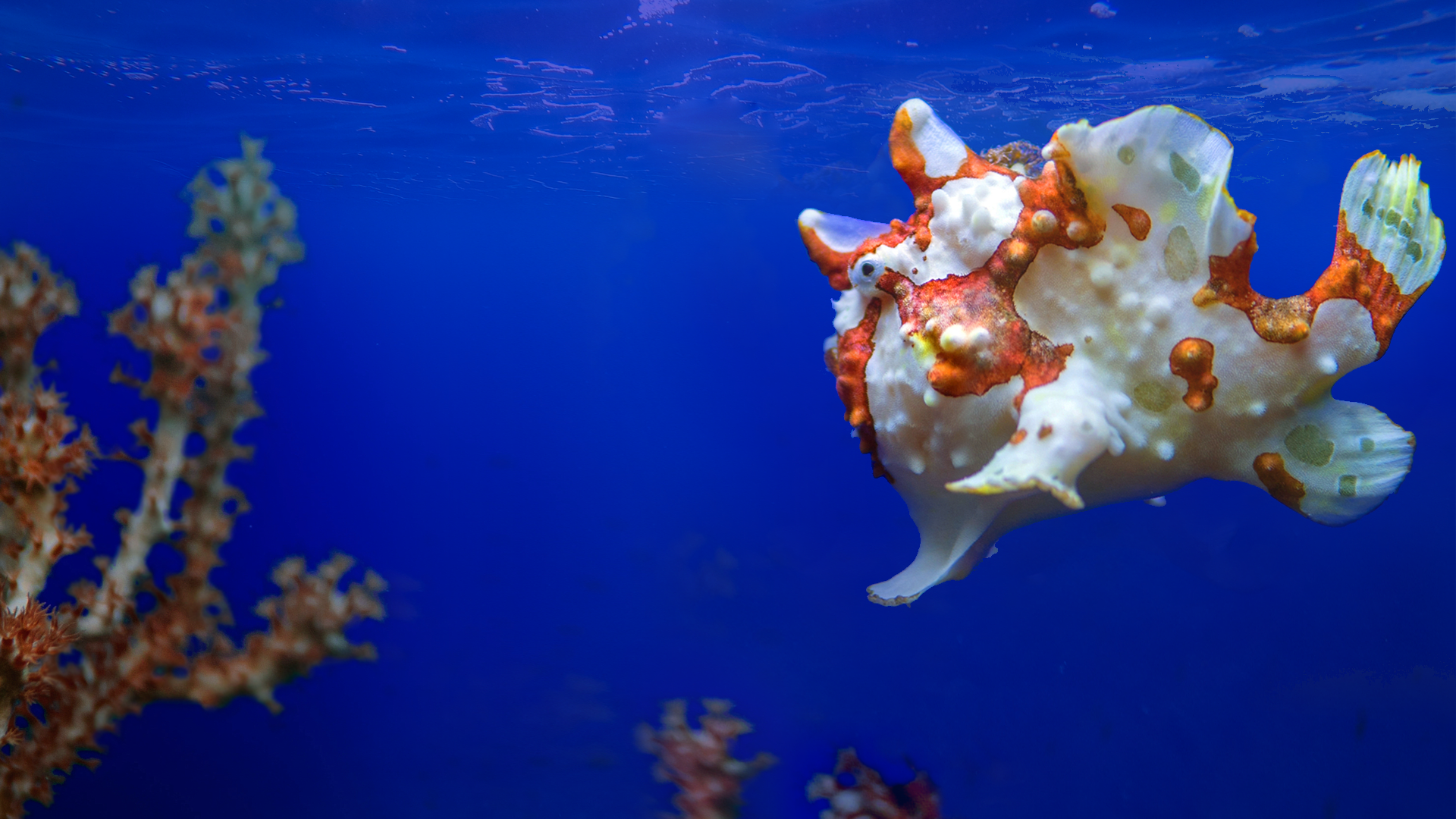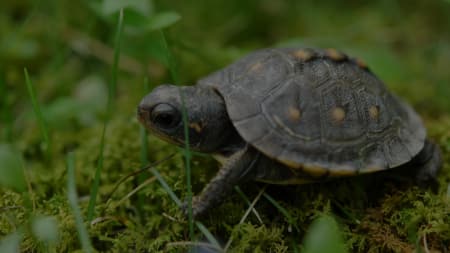We suggest students work in pairs. Homeschool students can work on their own.
Prepare Bags
Divide the paper bags into two equal piles. We suggest labeling each bag in the first pile “1” and each bag in the second pile “2." These will correspond to “Mystery Item 1” and “Mystery Item 2” in the activity.
Place one cotton ball into each bag in the first pile. You’ll distribute one of these bags to each pair of students in Step 5 of the activity.
Place one small square of aluminum foil into each of the other bags. Try to avoid squeezing the foil into a ball because that will make it difficult for students to feel the texture. You’ll distribute one of these bags to each pair of students in Step 15 of the activity.
Make Sure You Have Space
Ensure that each pair of students has enough space to lay out their Raccoon Brain models and the Memory Cards. Two student desks side-by-side should be sufficient.








